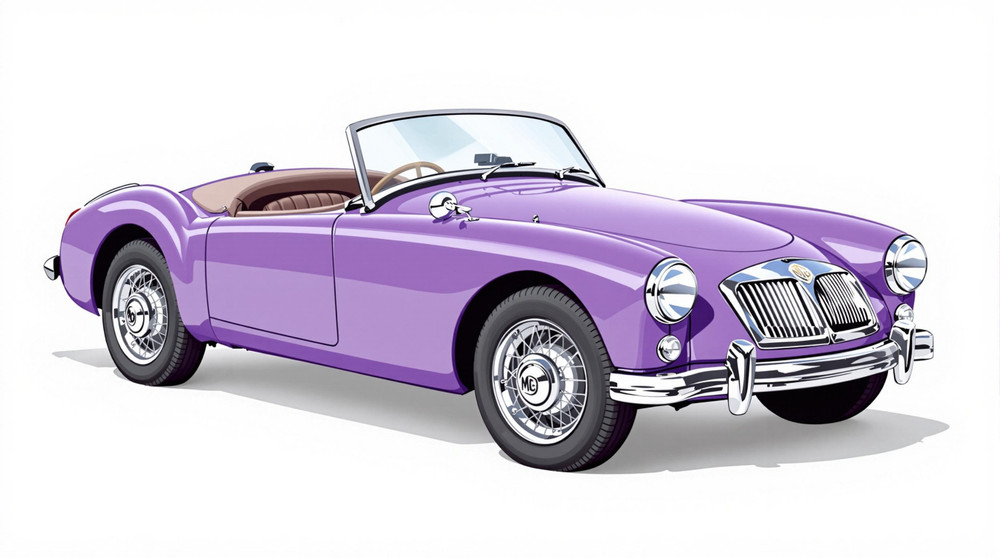Image of 1958 Mg Mga, Note: These illustrations use artistic license and may differ from actual historical models.
Performance Metrics
Fundamental Metrics
Emotional Appeal
MMP Rating
| Engine Specifications | |
|---|---|
| Engine: | 1.5L I4 |
| Displacement: | 1489cc |
| Horsepower: | 68-72 hp |
| Torque: | 77 lb-ft |
| Compression Ratio: | 8.3:1 |
| Ignition System: | Coil and distributor |
| Cooling System: | Water-cooled |
| Performance Specifications | |
| 0-60 Time: | 16 seconds |
| 1/4 Mile Time: | 20 seconds |
| Top Speed: | 98 mph |
| Transmission and Drive | |
| Drive Type: | RWD (Rear Wheel Drive) |
| Transmission Type: | 4-speed manual |
| Fuel and Efficiency | |
| Fuel System Type: | Twin SU carburetors |
| MPG: | 26-30 mpg |
| Dimensions and Brakes | |
| Brakes: | Drum brakes |
| Wheelbase: | 94.5 inches |
| Weight: | 2028 lbs |
Note: Specifications for classic cars are given to the best of our ability, considering the limited and variant data available.
Introduction
The 1958 MG MGA is a symphony of British engineering and design that continues to captivate classic car enthusiasts around the globe. Born in the post-war era, a time when the automotive industry was experiencing a renaissance, the MGA emerged as a fresh face from the storied MG Car Company. This vehicle not only marked a departure from the older MG "T-series" designs but also set a new standard for sports cars of its time. Among its many accolades, the MGA was known for its role in solidifying MG's presence in North America, capturing the hearts of American drivers with its charm and performance.
Design and Innovation
The MGA's exterior styling was a radical departure from its predecessors, featuring sleek, flowing lines that exuded elegance and speed. Its low-slung body and long bonnet became iconic, making it one of the most photogenic cars of its era. Inside, the MGA offered a no-frills cockpit that prioritized driver engagement over luxury, with an emphasis on simplicity and functionality. The materials used were typical of the period, with leather seats and a metal dashboard that housed essential gauges and switches. Technologically, it incorporated rack-and-pinion steering—a significant advancement for precise handling. Color options ranged from vibrant hues to more subdued tones, with Orient Red and Old English White being among the popular choices. The roadster was the quintessential body style, though a coupe version was also available for those seeking more weather protection.
Historical Significance
The MGA's impact on automotive design was profound. It helped transition sports cars into a new era of aerodynamic shapes and improved performance benchmarks. Its design broke away from the upright grilles and separate fenders of previous models, influencing future generations of sports cars. The MGA wasn't just about looks; it also brought international racing glory to MG through various competitions.
Performance and Handling
Underneath its sculpted hood lay an engine capable of propelling the MGA to top speeds nearing 100 mph—a respectable figure for its time. Acceleration from 0-60 mph took around 16 seconds. While these numbers may not impress by modern standards, they were quite spirited in the late '50s. The MGA's handling characteristics were praised for their balance and responsiveness, particularly on winding roads where the car could showcase its agility. Drivers often speak fondly of the tactile feedback through the steering wheel and the melodious exhaust note that accompanied spirited drives.
Ownership Experience
The MGA found its niche among various types of owners—from daily drivers to weekend show car enthusiasts and amateur racers. Maintenance is relatively straightforward by today's standards, making it an accessible classic for those willing to wield a wrench. However, like many vehicles of its age, reliability can be temperamental without regular care.
Fun Facts
Did you know that several high-profile celebrities owned MGAs? Even Elvis Presley had one! Although not known for breaking speed records, the MGA did set sales records for MG at the time. As for criticisms, some pointed out its lack of power compared to larger-engined rivals or modern comforts which were sacrificed at the altar of driving purity.
Collector's Information
Today's collector market sees a healthy demand for MGAs, with values varying based on condition, originality, and provenance. Estimates suggest that over 100,000 units were produced during its production run from 1955 to 1962. As for current values, well-kept examples can fetch anywhere from $20,000 to over $60,000 depending on various factors such as rarity or historical significance.
Conclusion
The 1958 MG MGA remains an enduring piece of automotive history—a testament to design innovation and driving enjoyment that continues to resonate with enthusiasts today. Its legacy is one of beauty intertwined with performance; a classic that represents an era where driving was an art form celebrated by every curve in the road.
1958 Mg Mga Catalog of Parts
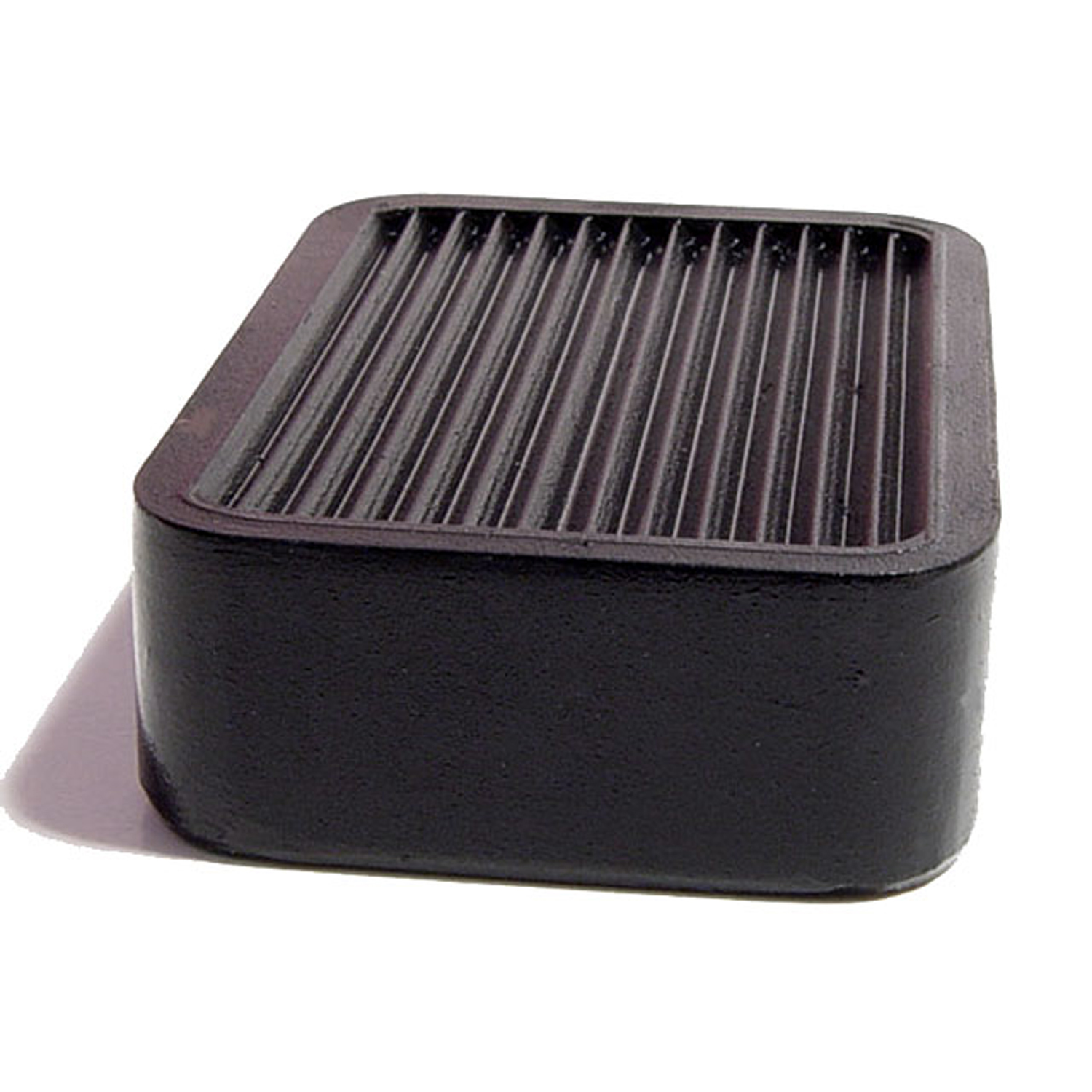 1958 MG MGA Accelerator Pedal Pad. 1-3/16" wide X 1-5/8" long. Each-AP 28Accelerator Pedal Pad. 1-3/16" wide X 1-5/8" long. Each
1958 MG MGA Accelerator Pedal Pad. 1-3/16" wide X 1-5/8" long. Each-AP 28Accelerator Pedal Pad. 1-3/16" wide X 1-5/8" long. Each 1958 MG MGA Clutch and Brake Pedal Pads. 1-3/4" wide X 3" long. Pair-CB 86Clutch and Brake Pedal Pads. 1-3/4" wide X 3" long. Pair
1958 MG MGA Clutch and Brake Pedal Pads. 1-3/4" wide X 3" long. Pair-CB 86Clutch and Brake Pedal Pads. 1-3/4" wide X 3" long. Pair 1958 MG MGA Door Bumper. 1-3/16" high X 1-1/2" wide X 7/16" thick-DB 31Door Bumper. 1-3/16" high X 1-1/2" wide X 7/16" thick. Each
1958 MG MGA Door Bumper. 1-3/16" high X 1-1/2" wide X 7/16" thick-DB 31Door Bumper. 1-3/16" high X 1-1/2" wide X 7/16" thick. Each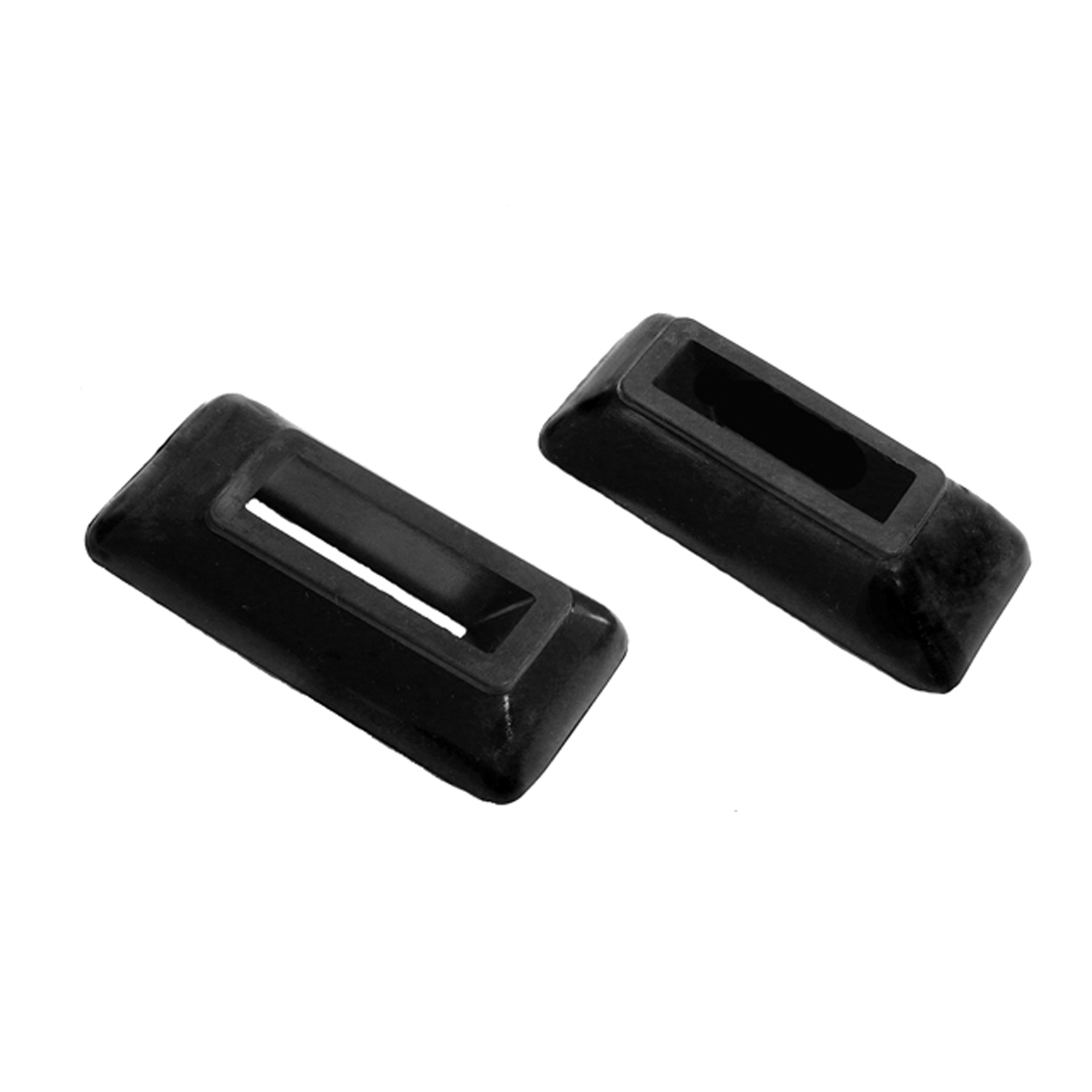 1958 MG MGA Windshield Post Bases. 2-15/16" x 1-7/16" Pair R&L-MB 18Windshield Post Bases. 2-15/16" x 1-7/16" Pair R&L
1958 MG MGA Windshield Post Bases. 2-15/16" x 1-7/16" Pair R&L-MB 18Windshield Post Bases. 2-15/16" x 1-7/16" Pair R&L 1958 MG MGA Tail-light Pads. 4-1/4" wide X 8-3/4" long. Pair-MP 1010-QTail-light Pads. 4-1/4" wide X 8-3/4" long. Pair
1958 MG MGA Tail-light Pads. 4-1/4" wide X 8-3/4" long. Pair-MP 1010-QTail-light Pads. 4-1/4" wide X 8-3/4" long. Pair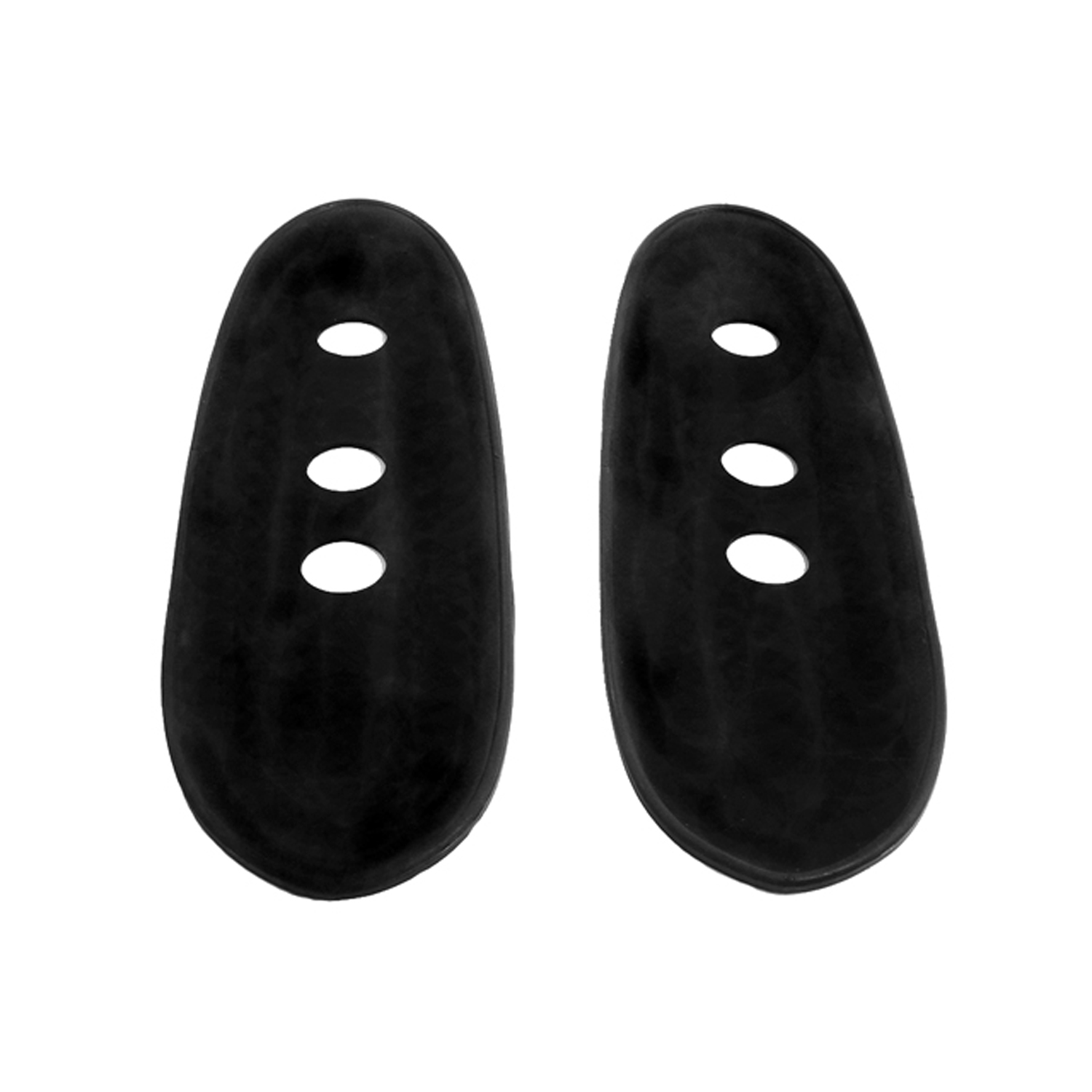 1958 MG MGA Tail-light Pads for MGA 1600. 4-1/4" wide X 14-1/4" long-MP 1010-RTail-light Pads for MGA 1600. 4-1/4" wide X 14-1/4" long. Pair
1958 MG MGA Tail-light Pads for MGA 1600. 4-1/4" wide X 14-1/4" long-MP 1010-RTail-light Pads for MGA 1600. 4-1/4" wide X 14-1/4" long. Pair 1958 MG MGA Tail-light Pads for MGA 1600, MK II-MP 1010-STail-light Pads for MGA 1600, MK II. 5-1/8" wide X 8-1/8" long. Pair
1958 MG MGA Tail-light Pads for MGA 1600, MK II-MP 1010-STail-light Pads for MGA 1600, MK II. 5-1/8" wide X 8-1/8" long. Pair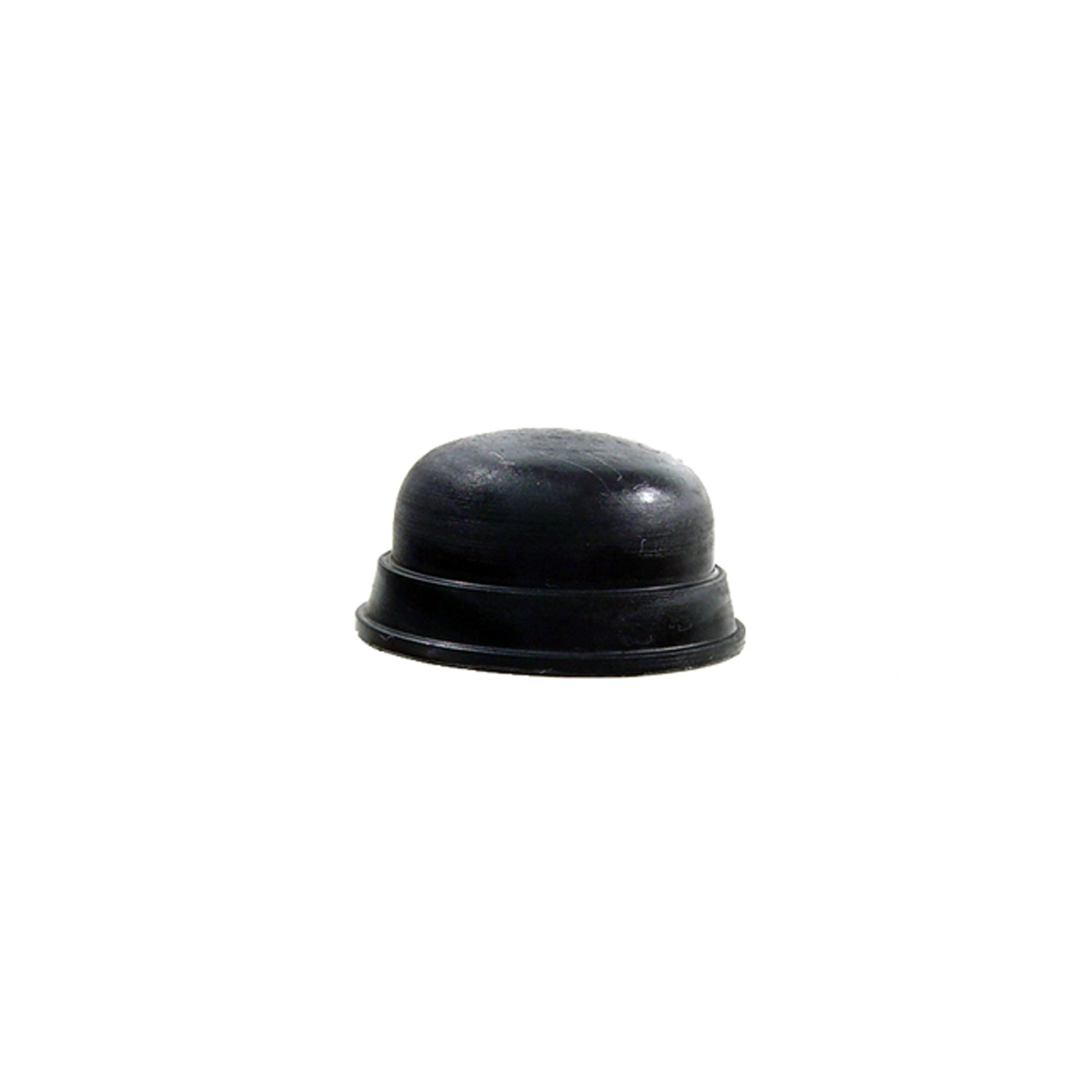 1958 MG MGA Starter Solenoid Button Cover. Perfect reproduction. Each-RP 1Starter Solenoid Button Cover. Perfect reproduction. Each
1958 MG MGA Starter Solenoid Button Cover. Perfect reproduction. Each-RP 1Starter Solenoid Button Cover. Perfect reproduction. Each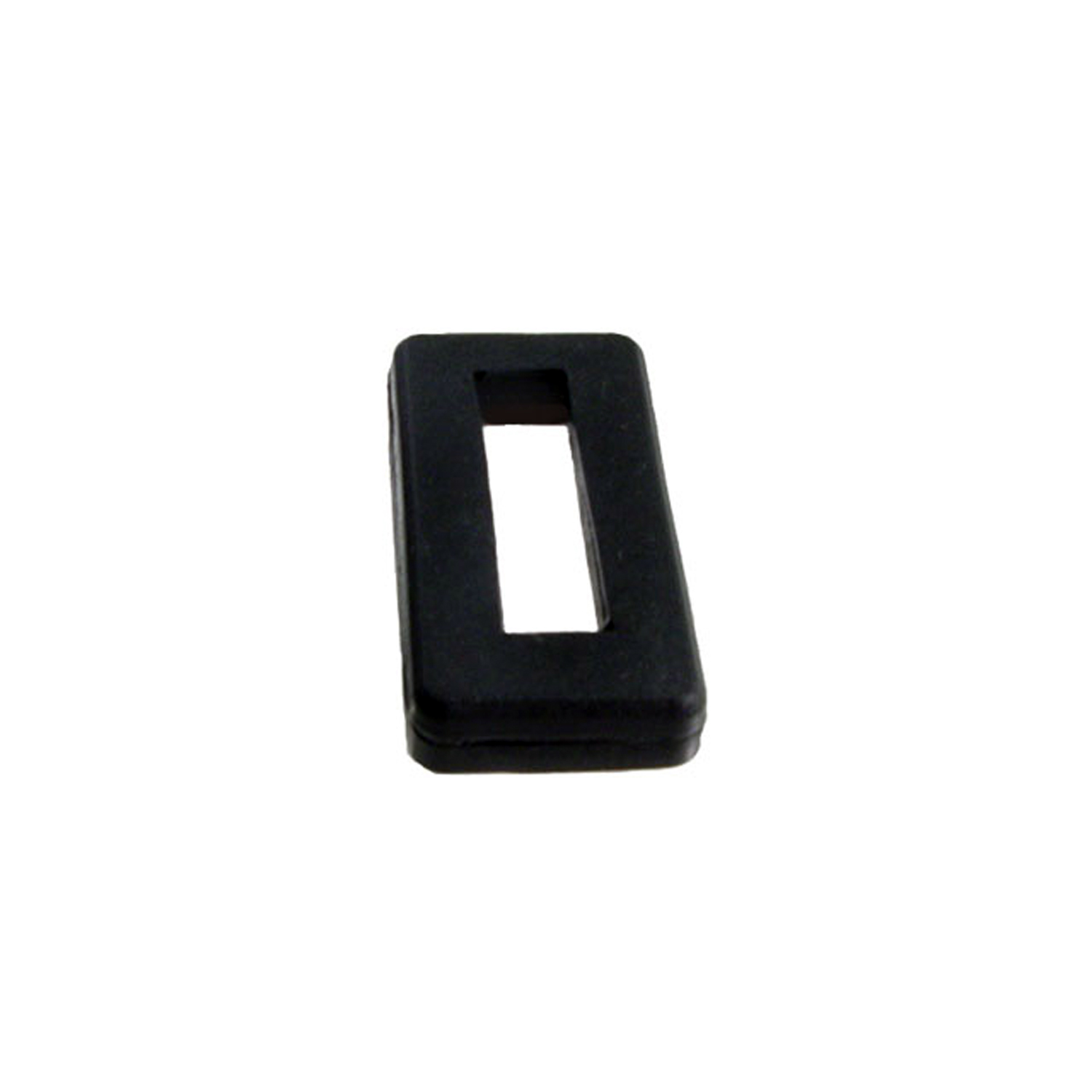 1958 MG MGA Grille Shell Grommet. 2" X 1" X 5/16" Thick. Each-SM 7Grille Shell Grommet. 2" X 1" X 5/16" Thick. Each
1958 MG MGA Grille Shell Grommet. 2" X 1" X 5/16" Thick. Each-SM 7Grille Shell Grommet. 2" X 1" X 5/16" Thick. EachWhy Choose Metro?
For over 100 years, Metro Moulded Parts has been the pinnacle of quality in classic car restoration parts. Our commitment to precision and authenticity in every component ensures a perfect fit and an OEM-level appearance.
- Expert Craftsmanship & Quality: Each part is a testament to our dedication to reliability and perfection, crafted from original designs and thoroughly tested.
- Advanced Technology: We use cutting-edge techniques to create flawless, long-lasting parts that surpass others in performance.
- SuperSoft Sponge – The Ultimate Door Seal: Not only are our door seals 30% softer than competitors', but they're also guaranteed to never leak. They effectively reduce wind and road noise, enhancing your classic car's comfort and driving experience.
- Proudly American: Our parts are a product of American craftsmanship, made in the USA with a spirit of excellence and heritage.
- Unrivaled Warranty: We back our products with a 30-year industry-leading warranty, a testament to our confidence in their quality.
Join us in preserving the legacy of classic cars with parts that are crafted for perfection, not just made.

